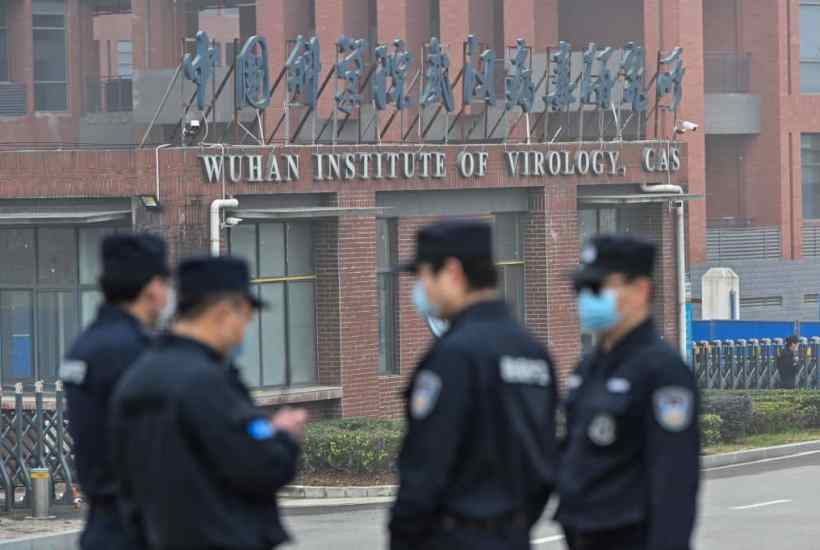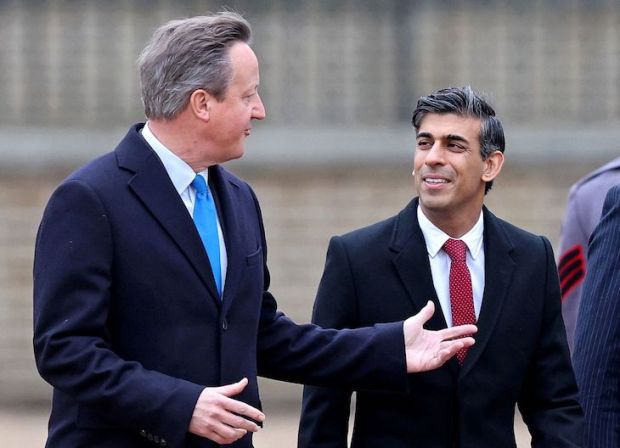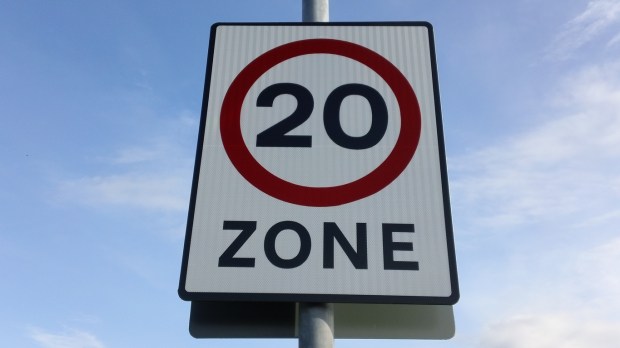The net around the Wuhan Institute of Virology continues to tighten. A letter from Lawrence Tabak, principal deputy director of the National Institutes of Health (NIH) in the United States, has shed more light on the grant which the institute made to the EcoHealth Alliance for work at the Wuhan Institute.
One of the experiments, it reveals, involved testing to see whether the spike protein of a naturally-occurring coronavirus found in the bat population was capable of attaching itself to a human receptor, via experiments with mice engineered with a human gene. The experiment amounted to ‘gain of function’ research (something the NIH has denied) – modifying viruses so that they have qualities which don’t exist in nature. According to the Republican group on the oversight committee which received the letter, Tabak’s note contradicts an earlier one sent on 28 July which claimed that no funding had been provided for gain of function research.
The letter also reveals that mice which became infected with the modified virus became sicker than those infected with the naturally-occurring one. The NIH goes on to assert that the viruses used in the experiments could not possibly have gone on to evolve into SARS-CoV-2, the virus which causes Covid 19. But that is rather beside the point.
What the letter confirms is that the Wuhan Institute of Virology was involved in experiments which played around with naturally-occurring viruses, in at least one instance creating a virus that was capable of making mice – and quite probably humans, too – sicker than the virus from which it was derived.
That the head of the EcoHealth Alliance, Peter Daszak, was among a number of eminent scientists to sign a round robin letter last year refuting any suggestion that SARS-CoV-2 could possibly have had a man-made origin adds to the sense of suspicion that it was a lab leak from the Wuhan Institute of Virology – rather than a natural virus jumping from an animal in a market, or some other place – which was to blame for the pandemic.
Short of a whistleblower emerging from the institute to tell us exactly what might have gone on there, we are unlikely ever to know for sure, but at some point Western governments are going to have to take the issue very seriously.
Throughout the pandemic, virologists in particular and scientists in general have been held up as rock stars, people whose wisdom and knowledge has helped us fight a deadly disease. Of course, in many instances, that is true. But if, as seems increasingly likely, it was virologists who also caused the disaster in the first place, that cannot simply be brushed aside. There will have to be debate as to which experiments should be allowed and which should not, under what conditions and by whom. International scientists cannot be allowed to suppress this debate as some attempted to do last year.
There is also the small matter of to what extent we can trust China. Given its own behaviour in trying to block WHO investigators from looking into the Wuhan institute as a possible source of Covid-19, the lesson would appear to be that we can’t trust it at all. In which case, we certainly shouldn’t be funding any research which takes place in its scientific institutions.
Got something to add? Join the discussion and comment below.
Get 10 issues for just $10
Subscribe to The Spectator Australia today for the next 10 magazine issues, plus full online access, for just $10.





















Comments
Don't miss out
Join the conversation with other Spectator Australia readers. Subscribe to leave a comment.
SUBSCRIBEAlready a subscriber? Log in